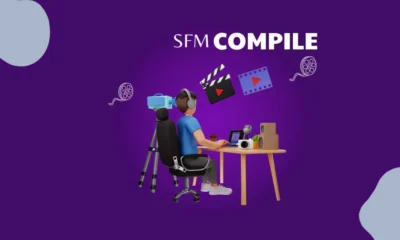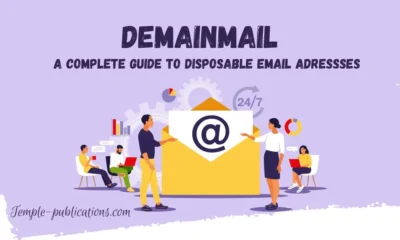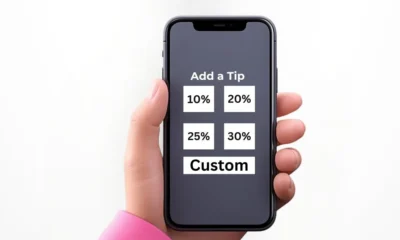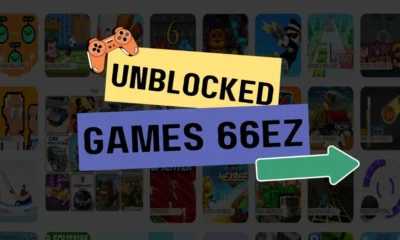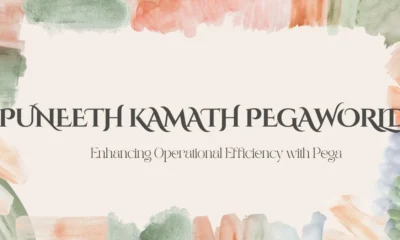TECHNOLOGY
BlockDAG Explained: The Future of Scalable Blockchain
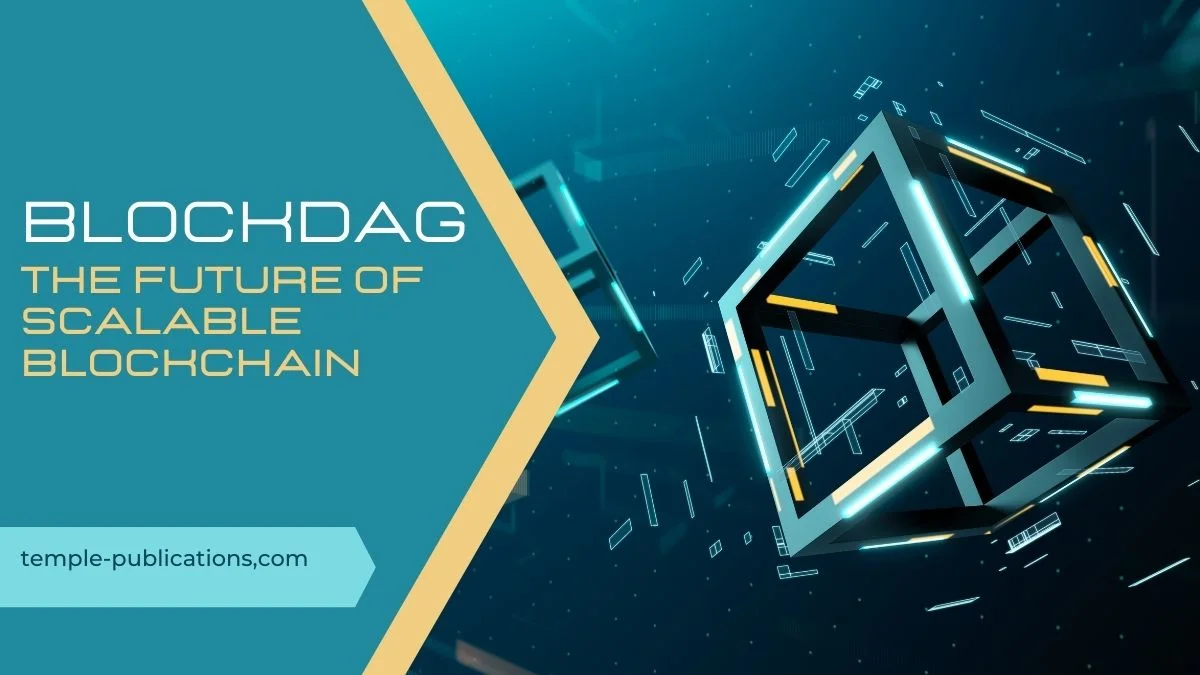
BlockDAG (Block Directed Acyclic Graph) is a next-generation ledger structure that merges the core features of traditional blockchain and Directed Acyclic Graph (DAG) architectures. Unlike linear blockchains, which add one block at a time, BlockDAG allows multiple blocks to be added concurrently, significantly boosting transaction throughput and scalability. It preserves the decentralization and security of blockchain systems while leveraging the parallelism and efficiency of DAGs.
Why Scalability Matters in Blockchain
Since blockchain is being used more across various sectors, it is evident that the standard blockchain architectures have their own set of limitations. A blockchain needs to grow without adding stress or cost to the process. While Bitcoin can only handle around seven transactions per second (TPS), Ethereum is capable of 15–30 TPS. In comparison, payment platforms like Visa can process transactions at a rate of more than 24,000 TPS.
How BlockDAG Works: The Technical Framework
BlockDAG lets participating miners or validators work in parallel on separate blocks, each one connected to its predecessor. While forks on traditional blockchains are time-consuming and costly, BlockDAG includes every valid block, which makes the process more efficient. Algorithms such as GHOSTDAG assign a rank to blocks by looking at how many transactions they include and how well structured they are. Within seconds, your transactions are final, thanks to BlockDAG’s speed, scalability, and low computational costs, making it ideal for applications needing fast response times and a high volume.
Key Advantages of BlockDAG
| Key Advantage | Description
|
| Scalability | Process hundreds to thousands of TPS by enabling parallel block addition. |
| Reduced Latency | Transactions are confirmed in seconds, not minutes or hours. |
| Energy Efficiency | Reduces wasteful computations common in proof-of-work (PoW) blockchains. |
| Enhanced Security | Mitigates issues like selfish mining and double-spending by integrating all valid blocks. |
| Decentralization | Supports broader validator participation due to lower entry barriers and parallel mining. |
BlockDAG vs. Traditional Blockchain: A Comparative Analysis
Even though BlockDAG and traditional blockchains aim for a secure and decentralized way to handle transactions, their structures differ a lot. The single-chain system in traditional blockchains slows down transactions and can cause congestion as just one block is added at a time. Another difference is that multiple blocks can be both processed and validated concurrently using BlockDAG.
Security is another critical distinction. Traditional blockchains are vulnerable to 51% attacks if forks make it easier to gain consensus. it addresses these risks by joining all valid forks onto the main BlockDAG graph. In addition, letting nodes work on the second generation of blocks helps them use and consume less energy than conventional blockchains like Bitcoin.
Real-World Applications of BlockDAG
- Internet of Things (IoT): Real-time microtransactions between connected devices.
- Decentralized Finance (DeFi): Faster transaction settlement and lower gas fees.
- Supply Chain Management: Real-time tracking and tamper-proof auditing.
- Healthcare: Secure and fast sharing of patient data across systems.
- Gaming and NFTs: Low-latency transactions enhance user experience.
Notable BlockDAG Implementations
A number of ongoing projects are making use of BlockDAG in order to tackle the drawbacks of blockchains. Kaspa uses GHOSTDAG to pick a set of k-blocks that have the most references among them. This is efficient and increases security in the network. It boasts a fast rate of processing and confirms blocks immediately, without relying on a central authority.
PHANTOM is yet another example that extends the ideas behind GHOSTDAG to make a secure ledger system that can handle many transactions. Although not nearly as common as Blockchain, BlockDAG is already being used in both research and real-life cases.
Exploring how IOTA is related to DAG has brought knowledge to DAG-based ledgers and set the stage for future connections with BlockDAG and similar technologies.
Challenges and Limitations
- High Complexity– More difficult to design, implement, and audit than traditional blockchain models.
- Interoperability Issues– Challenging to integrate with existing blockchain platforms built on linear chains.
- Risk of Centralization– Potential for powerful nodes to dominate block creation due to superior hardware or network capabilities.
- Limited Standardization– Lack of widely accepted protocols or frameworks for BlockDAG development.
- Scarcity of Developer Tools– Few mature tools and libraries are available, slowing ecosystem growth and innovation.
The Future of BlockDAG Technology
BlockDAG offers great potential for the future of decentralized networks. With global demand for blockchain rising, BlockDAG’s scalable nature, while keeping security and decentralization, makes it an attractive solution. New developments might feature improved ways for different parts to operate together, algorithms resistant to quantum attacks, and consensus handled by artificial intelligence.
As more Layer 2 solutions and multi-chain ecosystems appear, BlockDAG could be used to coordinate interactions between different chains. The best use of blockchain will be achieved through ongoing research, open-source development, and adoption in the business world.
Getting Started with BlockDAG
- Resources: Kaspa Docs, DAGLabs research papers, GitHub repositories.
- Communities: Reddit forums, Discord groups, Twitter spaces.
- Tools: Block explorers like Kaspa Explorer, SDKs for custom BlockDAG apps.
- Learning Platforms: Coursera, YouTube technical breakdowns, Medium blogs by dev teams.
Conclusion
It goes further than just being a hypothetical technical update. it reflects an advancement of distributed ledgers, solving blockchain’s key problems but still preserving its essential characteristics. BlockDAG’s strong focus on speed, security, and scalability allows it to meet the future needs of decentralized applications.
Even so, for it to be widely used, there must be solutions to existing issues and more awareness among programmers. With Braunschweiger and Kaspa leading the evolution, BlockDAG might become the foundation for the future of digital infrastructure.
-

 BIOGRAPHY6 months ago
BIOGRAPHY6 months agoBehind the Scenes with Sandra Orlow: An Exclusive Interview
-

 HOME1 year ago
HOME1 year agoDiscovering Insights: A Deep Dive into the //vital-mag.net blog
-

 HOME1 year ago
HOME1 year agoSifangds in Action: Real-Life Applications and Success Stories
-

 BIOGRAPHY1 year ago
BIOGRAPHY1 year agoThe Woman Behind the Comedian: Meet Andrew Santino Wife

